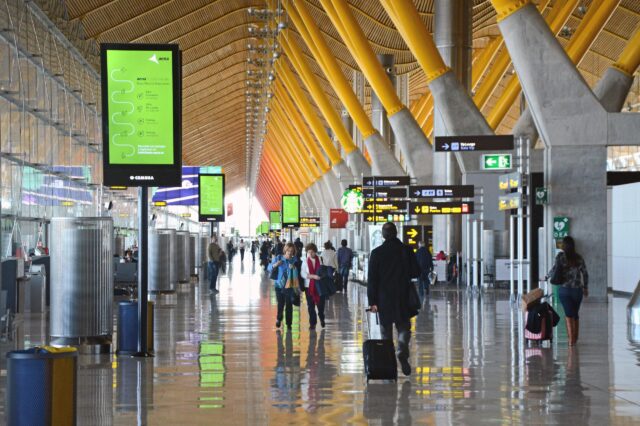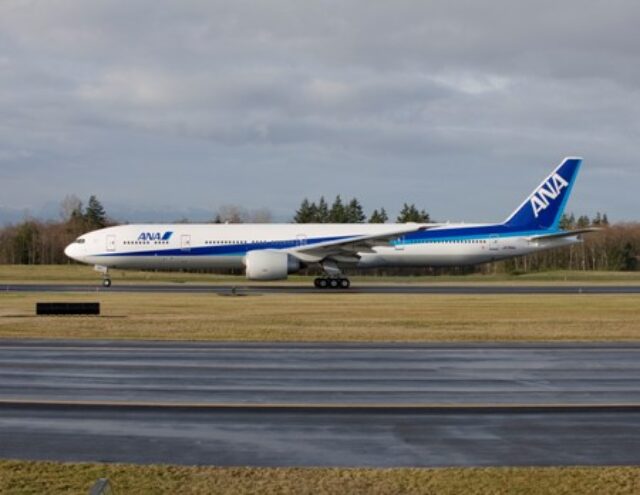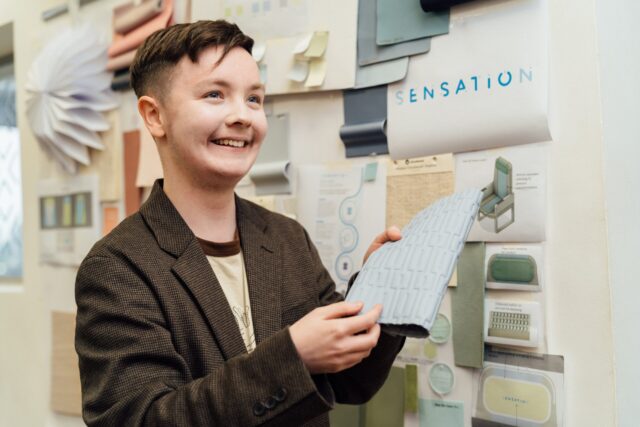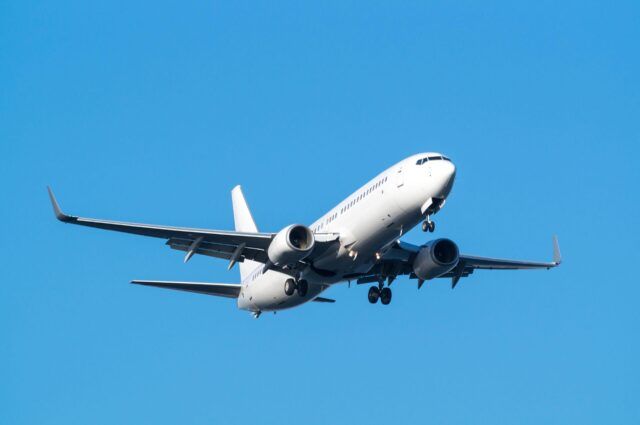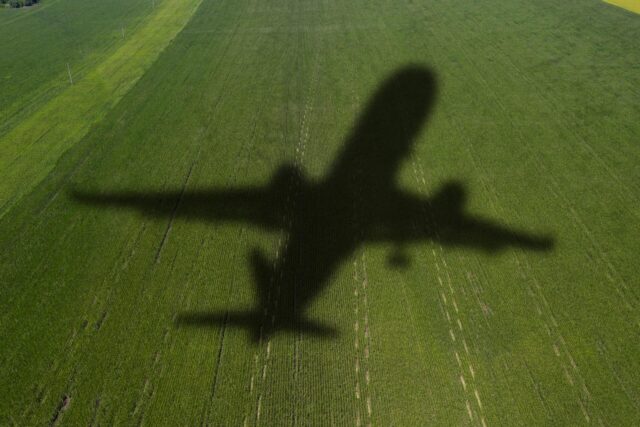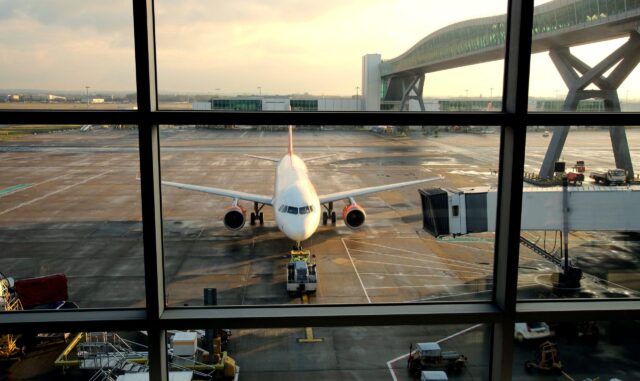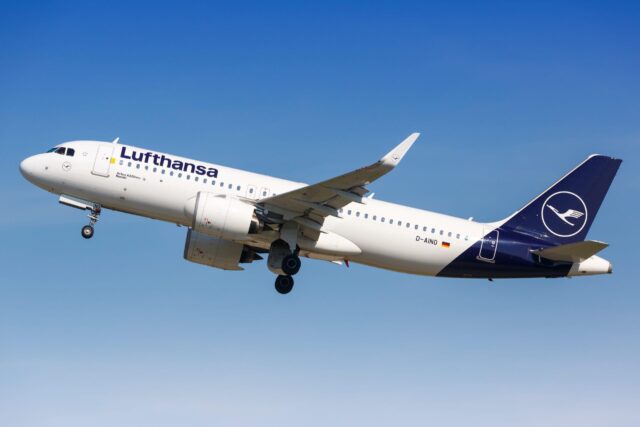Taking healthcare to new heights with Solent Transport
July 18, 2024

While uncrewed aerial vehicles can be adapted for a wide variety of applications, one venture – investigating and evaluating the use of drones for medical logistics missions – is taking healthcare to new heights. Aerospace Global News caught up with Solent Transport to learn more about this unique research project.
There are many ways of connecting lifesaving products with the patients who need them, but logistical challenges of distance, timings and accessibility inevitably impact delivery options. This is an area that Solent Transport, having secured £28.8 million of funding from the UK Department of Transport (as part of the Future Transport Zones initiative), is looking to address. Initiated in 2020 to explore innovative solutions centred around the logistics needs of the medical sector, the project is ultimately looking to inform national policy and aid the NHS.
“Our drones for medical logistics project is quite unique,” highlights Rob Gloyns, sustainable logistics lead at Solent Transport. Although the organisation is delivering other personal mobility projects (including e-scooters and bicycle sharing), it is its airborne initiative – described by Gloyns as a “flagship project” within the wider programme – that is the ‘rising star’, having received almost a third of the overall funding allowance.
Solent Transport’s Drones for Medical Logistics project combines a unique geographical location, key university research partners, and a focused team of industry experts. With the global pandemic “enabling the project team to accelerate some of the flying elements” in 2020 and 2021, subsequent development has taken “more of a sequential and logical approach,” focusing on the unique challenges of flying medical cargoes and the human factors the operation entails.
“We’re looking at all of the different constraints and potential issues that perhaps you wouldn’t analyse if you were using a different mode of transport,” elaborates Gloyns. In particular, the impact of in-flight vibration on medical cargoes is something being investigated by project partners the University of Southampton (in conjunction with King’s College London). “Our research so far is showing you can vibrate these medicines quite significantly, with no deterioration in their quality,” he says.
The unique geography of southern England’s Solent area (with water stretching across to the Isle of Wight) is an ideal test environment for a potential use scenario, with ongoing focus looking to address the challenges of transporting monoclonal antibodies (a type of chemotherapy treatment) that island residents could otherwise have to travel to the mainland to receive. However, with adverse weather also a consideration, the choice of drone platform itself is also important.

“We think we’ve come to the conclusion that if we were to have a regular drone service, there isn’t anything out there on the market that could tick all these boxes at the moment,” explains Gloyns; describing how the drones used must also consider distance, payload, battery life and recharging requirements alongside the ability to take off from constrained locations.
“The industry itself, in terms of drones, is in a kind of learning process with us,” he continues, highlighting the synergies offered by collaboration so early into a concept. With partner universities having also compiled a taxonomy report of currently available commercial platforms, an adjacent project is underway with Soton UAV: FTZ Airbridge, aiming to “give something that is usable in the Solent conditions” to a concept already proved viable.
With Solent Transport currently working through ongoing airspace proposal discussions (including the implementation of Beyond Visual Line of Sight permissions) with the UK CAA to potentially recommence flying trials this coming spring, another key element is the rollout of a sensor network to “capture all of the cooperative and uncooperative air traffic in the Solent area”. This recently-launched research initiative will allow drone routing projections to be mapped, and may in the future enable integration of all lower airspace users.
The University of Portsmouth is also working on a model to understand the optimum combination of drones, vans and cargo cycles needed to serve an area of pathology logistics given the projected conditions day-on-day. “One of the key outcomes is to provide a greater understanding of how drones can be best used in combination with traditional modes to improve the overall logistics system,” says Gloyns, who is keen to continue engaging with the public and the regulators to implement the insights offered by Solent Transport’s drone project.
With current funding scheduled to run until May 2025, the ultimate aim is to share lessons learned from the project with the Department for Transport to “try to inform national policy with local authorities across the country”. However, Gloyns is confident that Solent Transport’s research is already making significant contributions to the medical drone logistics community, with potential for wider-reaching appeal stretching far beyond the Solent.
More information about the Solent Drones for Medical Logistics project can be found here.





